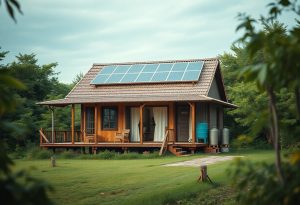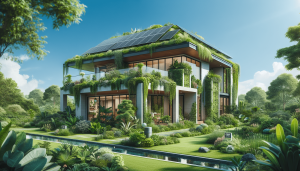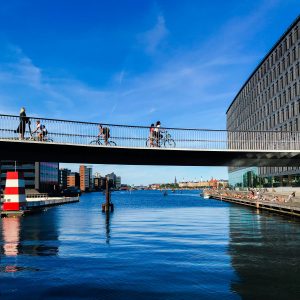Welcome! In our journey towards a greener and more sustainable world, it’s essential for us to adopt the best practices in architecture and construction. In “Best Practices for Sustainable Architecture,” we explore innovative and practical strategies that help reduce environmental impact, conserve resources, and create healthier living spaces. From sourcing eco-friendly materials to incorporating renewable energy solutions, we’ll uncover how our buildings can become models of sustainability and efficiency, benefiting both us and the planet. Let’s dive in and discover how we can all contribute to a sustainable future through thoughtful design and conscientious building practices. Have you ever wondered what the best practices for sustainable architecture are? In today’s world, incorporating sustainability into our built environments is no longer just a trend; it’s a necessity. As we face pressing environmental challenges, the architecture and construction sectors are stepping up to reduce their ecological footprint. So, let’s dive into some of the most effective practices in sustainable architecture and see how we can make a positive impact on the environment.
Defining Sustainable Architecture
What Is Sustainable Architecture?
Sustainable architecture is an approach that minimizes the negative environmental impact of buildings by enhancing efficiency and moderation in the use of materials, energy, and development space. It’s essentially a responsible way of designing and constructing buildings to ensure they remain energy-efficient and environmentally friendly throughout their lifecycle.
Why Is Sustainable Architecture Important?
Sustainable architecture is crucial for several reasons. It helps conserve natural resources, reduces pollution, and fosters healthier living conditions. Additionally, sustainably designed buildings often realize financial savings through lower energy bills and maintenance costs, providing both economic and ecological benefits.
Principles of Sustainable Architecture
Energy Efficiency
Energy efficiency is a cornerstone of sustainable architecture. We aim to design buildings with systems that consume less energy, such as lighting, heating, and cooling systems. Key methods include:
- Insulation: Proper insulation reduces the need for excessive heating and cooling.
- Efficient Lighting: Utilizing LED bulbs and maximizing natural light.
- Solar Panels: Harnessing solar energy to reduce reliance on fossil fuels.
Resource Efficiency
This involves using materials and resources in a way that minimizes waste. Strategies include:
- Recycled Materials: Using materials that have been previously utilized and repurposed.
- Local Resources: Sourcing materials from nearby locations to reduce transportation emissions.
- Durability: Choosing materials that are long-lasting and require less frequent replacement.
Water Conservation
Water is a precious resource, and conserving it is vital. Sustainable buildings incorporate:
- Low-Flow Fixtures: Reducing water use in bathrooms and kitchens.
- Rainwater Harvesting: Capturing and reusing rainwater for irrigation and other non-potable uses.
- Greywater Systems: Recycling wastewater for non-drinking purposes.
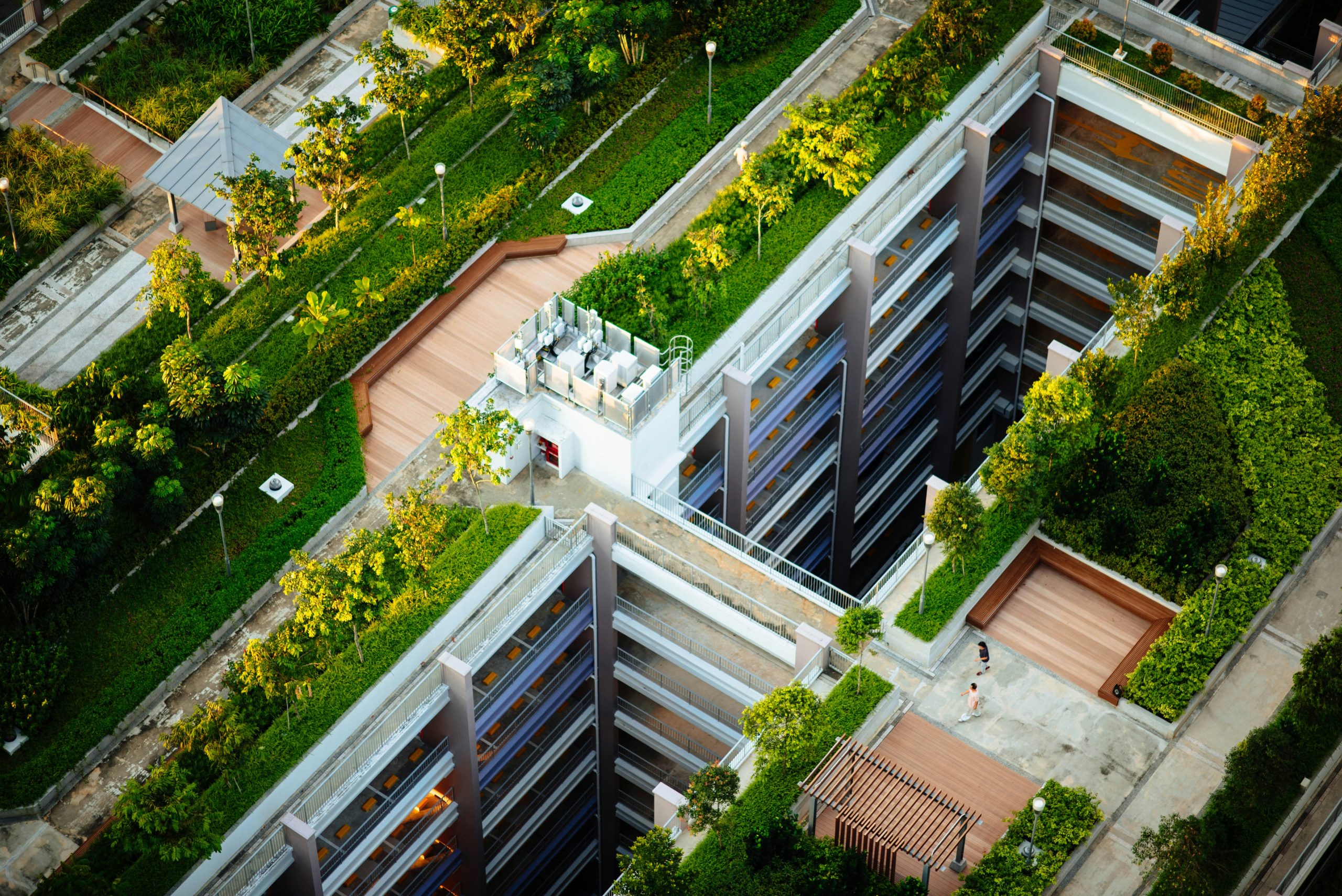
Innovative Design Strategies
Passive Design
Passive design leverages natural elements to regulate building temperatures and improve comfort without relying heavily on mechanical systems.
Passive Solar Heating and Cooling
- Solar Orientation: Positioning buildings to maximize sunlight in the winter and reduce heat gain in summer.
- Thermal Mass: Using materials that absorb and store heat during the day and release it at night.
Ventilation
- Cross Ventilation: Designing window placements and openings to enhance natural airflow.
- Wind Towers: Structures that capture and direct wind into buildings for cooling.
Green Roofs and Walls
Green roofs and walls are covered with vegetation, offering several benefits:
- Thermal Insulation: They act as an insulating layer, reducing energy costs.
- Stormwater Management: Absorbing rainwater and reducing runoff.
- Biodiversity: Providing habitats for various species.
Daylighting
Daylighting is the practice of using natural light to illuminate indoor spaces. Some strategies include:
- Skylights: Windows installed in the roof to let in light.
- Light Shelves: Horizontal surfaces that reflect daylight deeper into the building.
Material Selection
Sustainable Materials
Using sustainable materials is vital for lowering the environmental impact of construction.
Reclaimed Wood
Wood that has been salvaged from older buildings and structures can be reused, reducing the demand for new lumber and preserving forests.
Bamboo
Bamboo is a fast-growing plant that can be harvested sustainably. It’s strong, durable, and versatile, making it an excellent substitute for traditional wood.
Recycled Metal
Metals like steel and aluminum can be recycled without losing their quality. Using recycled metal reduces the energy required for extraction and processing new materials.
Non-Toxic Materials
Ensuring that the materials used are free from harmful chemicals contributes to healthier indoor air quality.
Low-VOC Paints
Volatile organic compounds (VOCs) are harmful chemicals found in traditional paints. Low-VOC or no-VOC paints reduce the exposure to these chemicals.
Formaldehyde-Free Products
Formaldehyde is commonly used in adhesives and resins. Opting for formaldehyde-free products minimizes health risks.
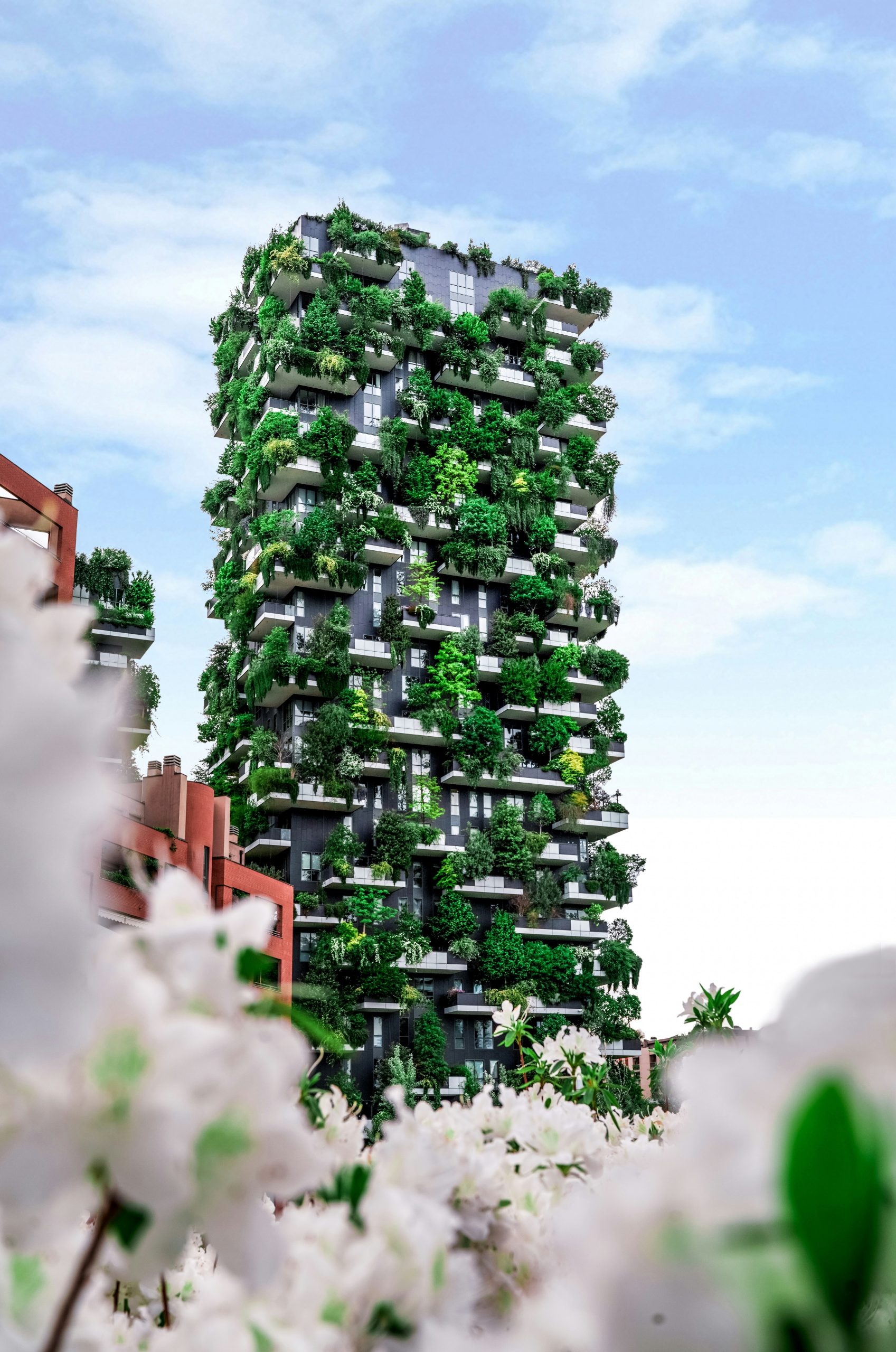
Smart Technologies
Building Automation Systems (BAS)
BAS is a network of devices that control a building’s systems, such as heating, ventilation, and air conditioning (HVAC), lighting, and security. Benefits include:
- Energy Savings: Optimizing the operation of building systems to improve efficiency.
- Comfort: Enhancing the indoor environment for occupants.
Smart Thermostats
Smart thermostats automatically adjust the temperature based on occupancy and preferences, leading to significant energy savings.
Water Management Systems
Advanced systems can monitor and optimize water usage, detect leaks, and manage greywater operations.
Renewable Energy Integration
Incorporating renewable energy sources such as solar, wind, or geothermal into building designs reduces reliance on non-renewable power.
Solar Panels
- Photovoltaic (PV): Convert sunlight directly into electricity.
- Solar Thermal: Capture sunlight to heat water.
Wind Turbines
Small-scale wind turbines can generate electricity for buildings, particularly in windy areas.
Geothermal Systems
These systems use the earth’s consistent underground temperature to heat and cool buildings.
Community and Well-Being
Designing for Health and Well-Being
Buildings should support the well-being of their occupants by providing:
- Natural Light: Access to daylight improves mood and productivity.
- Air Quality: High-quality filtration systems to ensure clean indoor air.
- Acoustic Comfort: Soundproofing and design strategies to minimize noise pollution.
Community Integration
Sustainable architecture should consider the community context and promote social interaction.
Shared Spaces
Public spaces like parks, plazas, and community gardens encourage community engagement.
Access to Services
Designing buildings with easy access to public services, transportation, and amenities supports a sustainable community lifestyle.
Inclusivity
Creating inclusive spaces that accommodate people of all ages and abilities ensures that everyone can benefit from sustainable architecture.
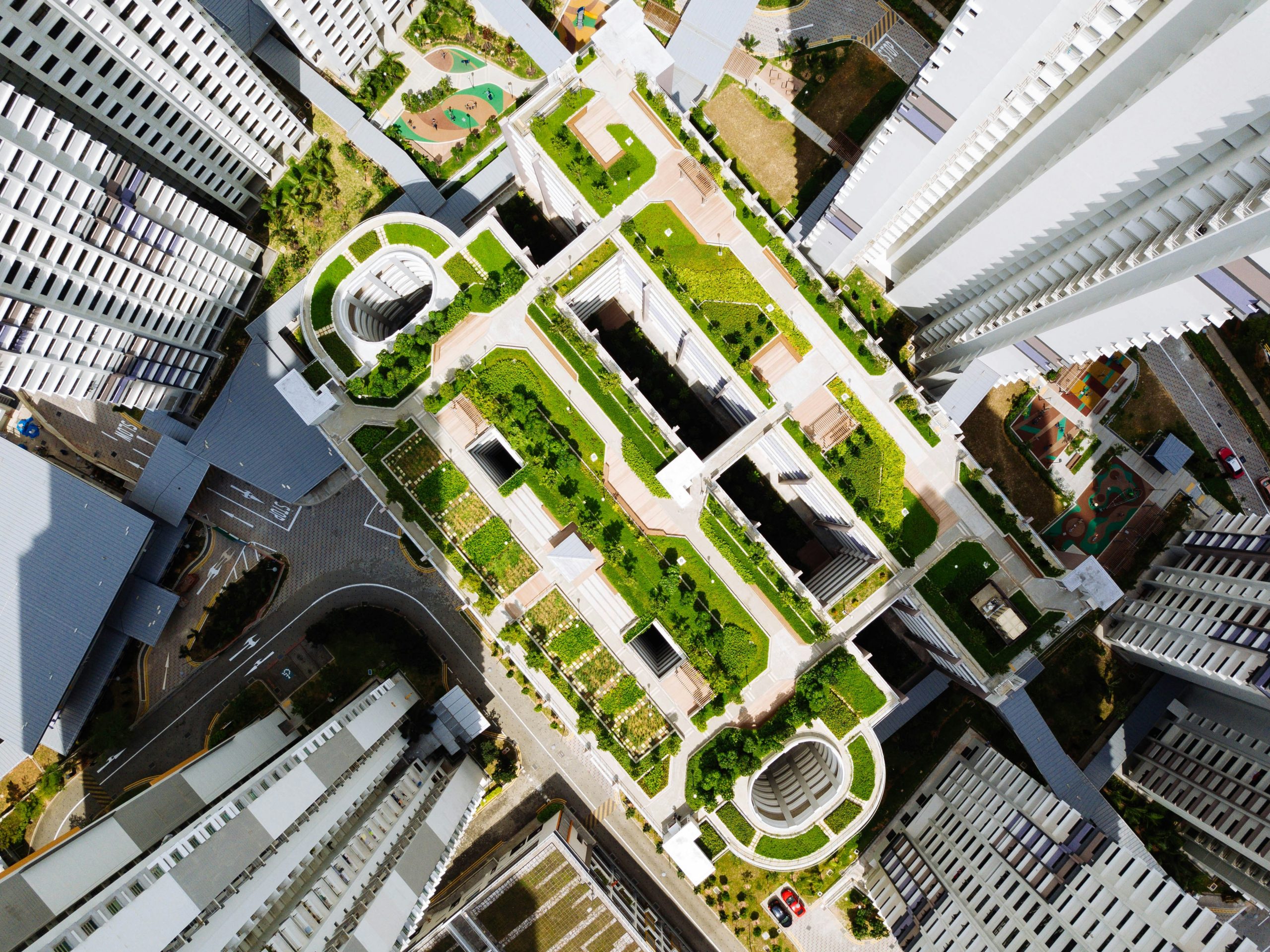
Policy and Certification
Green Building Certifications
Certifications recognize adherence to sustainable practices and standards.
LEED (Leadership in Energy and Environmental Design)
Developed by the U.S. Green Building Council, LEED is a widely recognized certification that evaluates buildings based on sustainability criteria:
| Certification Level | Points Required |
|---|---|
| Certified | 40–49 |
| Silver | 50–59 |
| Gold | 60–79 |
| Platinum | 80+ |
BREEAM (Building Research Establishment Environmental Assessment Method)
Originating in the UK, BREEAM assesses buildings on their environmental, social, and economic sustainability performance.
| Certification Level | Points Required |
|---|---|
| Pass | 30% |
| Good | 45% |
| Very Good | 55% |
| Excellent | 70% |
| Outstanding | 85% |
Government Policies and Incentives
Governments worldwide offer policies and incentives to promote sustainable architecture, such as:
- Tax Rebates: Reductions in taxes for buildings that meet certain energy-efficiency standards.
- Grants and Subsidies: Financial support for projects that incorporate sustainable practices.
- Regulations: Building codes and standards that embed sustainability requirements.
Challenges and Solutions
Budget Constraints
Sustainable materials and technologies can sometimes be costlier upfront. However, they often result in long-term savings through reduced operating costs.
Education and Awareness
Not all stakeholders are familiar with sustainable practices. Continuous education and awareness campaigns can help bridge this gap.
Technical Limitations
While technology is rapidly advancing, some sustainable solutions may require more research and development. Supporting innovation and pilot projects can lead to breakthroughs.
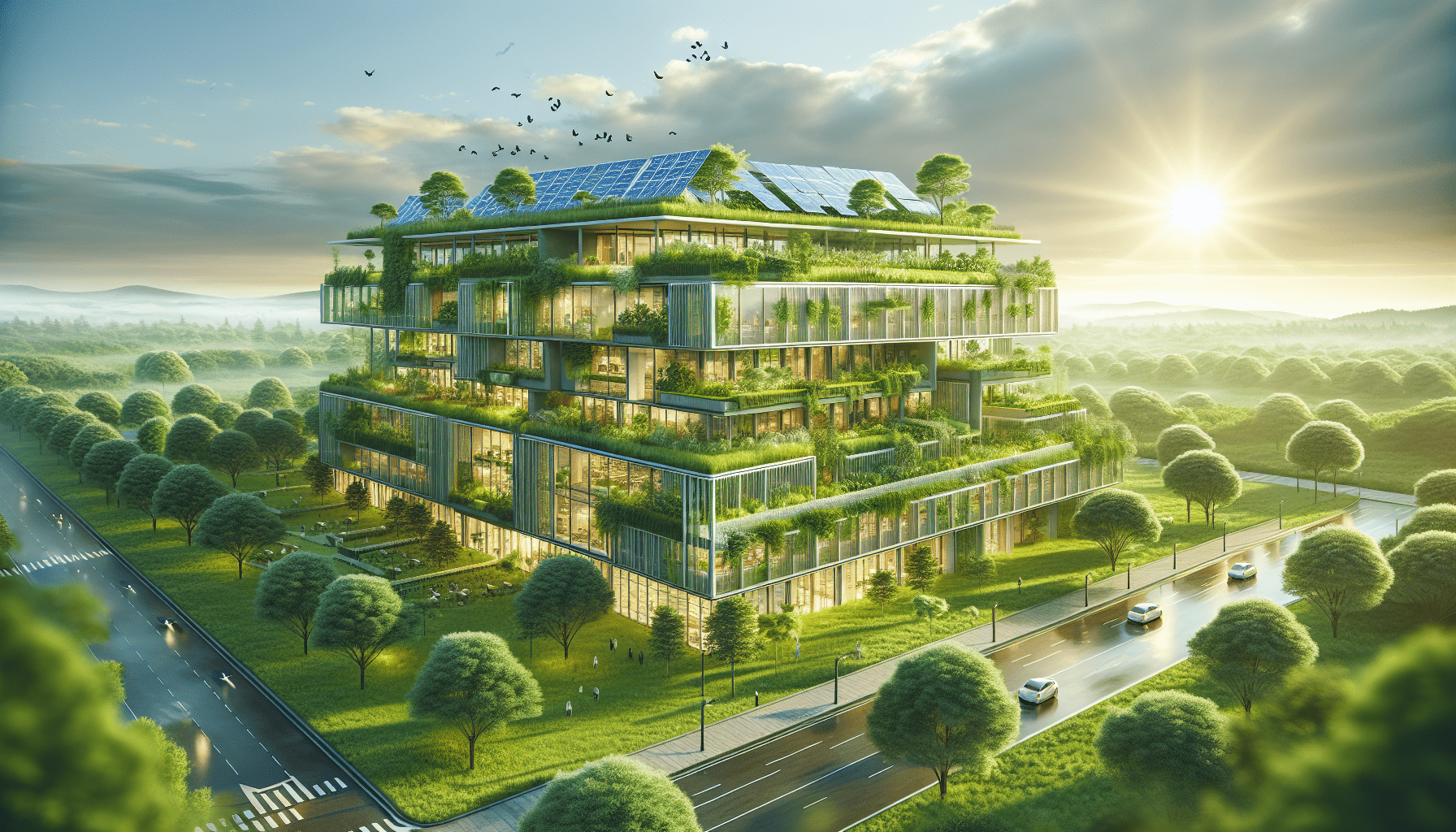
Future Trends
Biophilic Design
This design approach seeks to connect occupants more closely with nature, which can enhance well-being and productivity.
Net-Zero Energy Buildings
Net-zero energy buildings produce as much energy as they consume over a year. This is achievable through improved energy efficiency and renewable energy sources.
Adaptive Reuse
Repurposing old buildings for new uses reduces the need for new construction, conserving resources and preserving cultural heritage.
Conclusion
As we continue to advance in the field of sustainable architecture, it’s clear that we can create buildings that not only serve our needs but also respect and preserve our environment. From energy efficiency and renewable technologies to community-focused designs and sound material choices, the principles of sustainable architecture offer a roadmap to a greener future. By adopting these best practices, we can ensure that our buildings contribute positively to the planet and offer healthy, vibrant spaces for us all. Let’s embrace these strategies and work together towards a more sustainable and equitable world.

